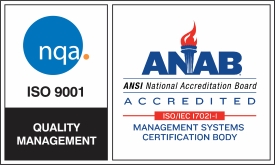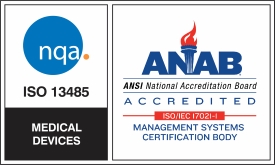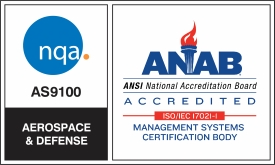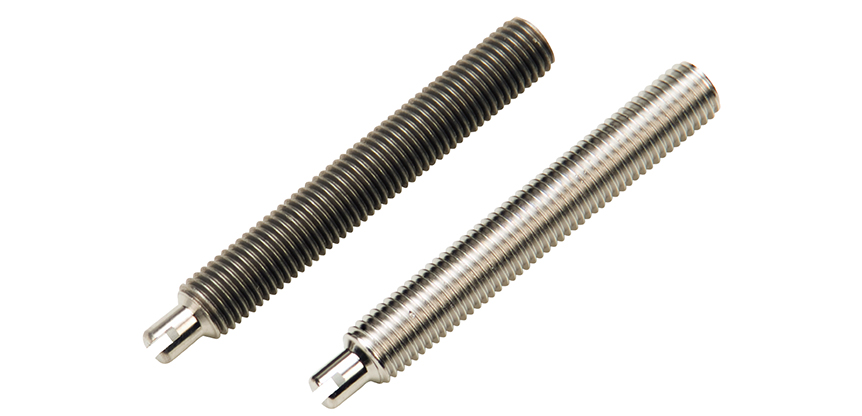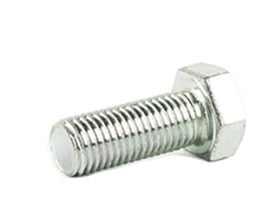
Electropolishing smooths the surface of metal fasteners to improve the structural integrity, longevity, and finish of these critical components.
The intricate and often threaded metal surface of bolts, screws, and other metal fasteners can leave them prone to corrosion, rust, and contamination – and challenging to finish. However, as essential components to a variety of structures, including steel-fabricated buildings and public utility infrastructure, corrosion-resistance is a critical attribute.
The right finishing process improves not only the longevity of the part, but the integrity of the entire structure. In our latest whitepaper, we explore electropolishing as a finishing option for metal fasteners.
Why Electropolishing?
Electropolishing removes a microscopically precise layer of surface material to remove discoloration, contaminants, and defects left behind by the forging and machining process, reaching into the crevices and threads of fasteners for a consistent finish across all surfaces.
In a process that combines a chemical bath with an electrical current, electropolishing also leaves parts in a passive state and with 30x more corrosion resistance than passivation alone.
Fasteners are submerged in an electrolyte solution that acts as a conductor, gently removing metal ions from the parts and smoothing away surface defects. Once the process is complete, the parts are run through a series of cleaning and drying steps to remove clinging electrolytes, leaving the part shining and defect-free.
Learn About the Advantages of Electropolishing for Fasteners
In our latest whitepaper, we cover the key benefits of electropolishing for fasteners, including:
- Corrosion resistance
- Elimination of galling
- Microscopic precision
- High shine
To learn more about electropolishing for fasteners, you can also read our case studies on automotive fasteners that needed removal of copper coating and fasteners that required high corrosion resistance.
Key Whitepaper Highlights
In addition to the many advantages of electropolishing for metal fasteners, we also cover:
- Bulk vs. Rack Finishing: Which is better?
Able offers custom racking for parts to improve the efficacy and precision of the electropolishing process. Learn which method is right for you.
- EP vs. Passivation for Fasteners
Fasteners gain enhanced function and durability depending on the right finishing process. While passivation is effective at removing contaminants and free iron, electropolishing provides a more thorough finish while leaving the part in a passive state.
To learn more, read our full whitepaper: Electropolishing for Improved Fit, Function and Appearance of Metal Fasteners.
